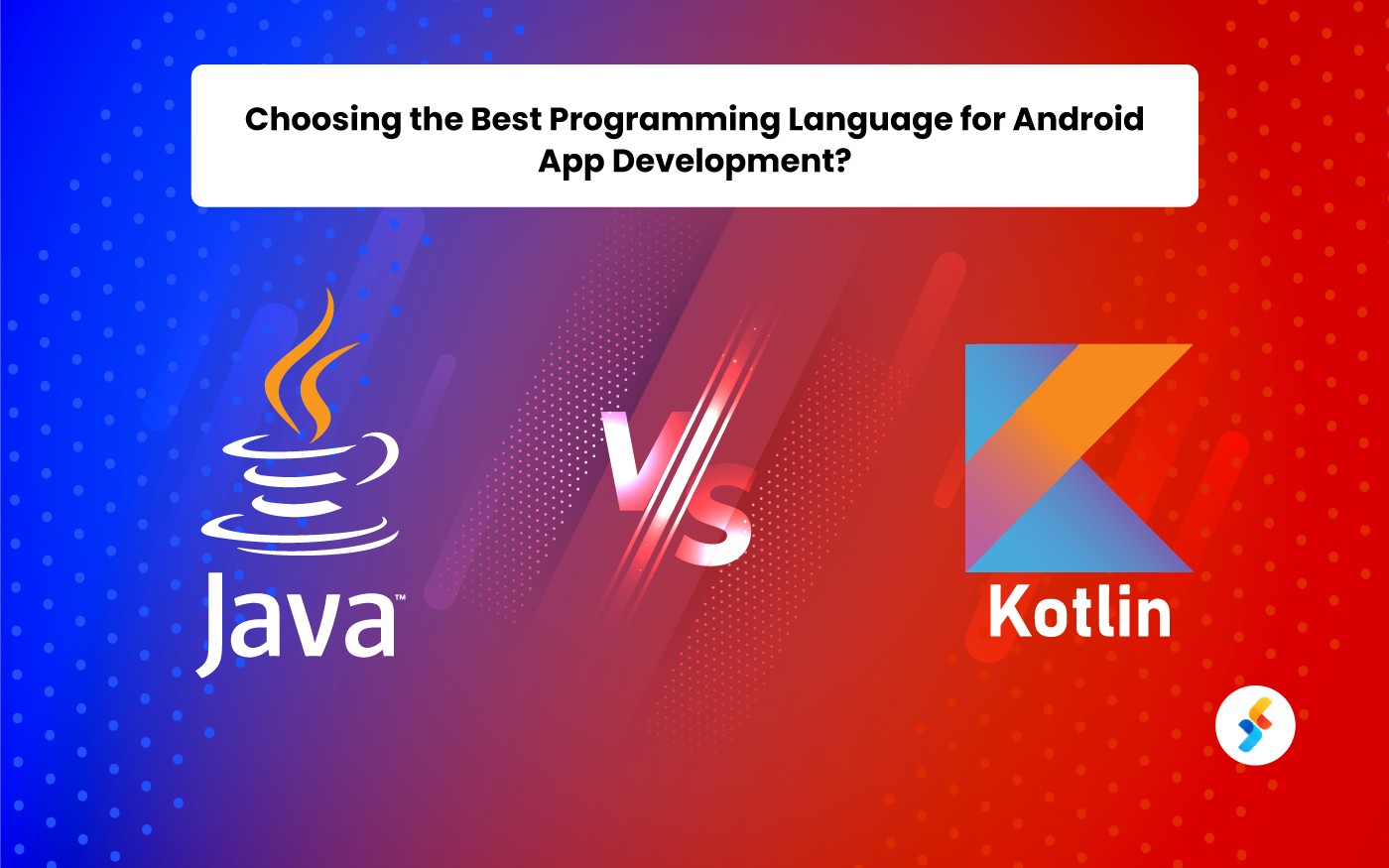Are you seeking an effective app development approach with cost-effective and faster time-to-market benefits? Over the years, cross-platform app development frameworks have gained popularity due to their ability to build and launch apps on multiple platforms with a single codebase.
Flutter and React Native are widely used frameworks for building mobile applications that perform seamlessly across various platforms.
- However, which framework is the best choice for your business?
- How can you implement it to get the maximum benefit?
- What are the advantages and disadvantages of Flutter and React Native?
When deciding on a suitable framework for building your cross-platform mobile app, you will likely face man questions like the above.
Which framework is better, Flutter or React Native? The answer depends on many factors, such as:
- Framework’s features
- Project requirements
- Budget constraints
Therefore, as a reputed business owner, you must check out a detailed comparison between React Native and Flutter app development.
React Native Vs. Flutter: Explaining Both the Frameworks
React Native and Flutter are both cross-platform app development frameworks used to build applications that work seamlessly across multiple platforms. Due to their code reusability feature, creating a platform-independent application with these frameworks is faster and simpler.
Moreover, the use of a single codebase enables faster coding, app development, and easy bug fixing. Hence, the same code can be used to build different modules for platforms like Android and iOS.
At the same time, both frameworks have a hot reload feature, allowing developers to view the changes in the code promptly without any delay or modifying the application completely. This calls for a quick development cycle and the identification/fixing of errors.
Similar Features and Benefits: React Native Vs. Flutter
Since both Flutter and React Native were created by two prominent companies, Google and Facebook (now known as Meta), you can find similarities between their features. Moreover, they are used by many gigantic organizations to develop and enhance their application features.
For example, Flutter has contributed to the success of applications such as Google Ads and Xianyu by Alibaba. On the other hand, React Native has played a pivotal role in creating popular apps like Instagram, Facebook, and Pinterest, among numerous others.
Let’s understand the features and advantages of Flutter and React Native.
Cross-platform Compatibility
This is one of the primary advantages and features you get by using React Native and Flutter. Both support building applications for multiple platforms using a single codebase. And all the benefits of using these hybrid app development frameworks arise from this benefit.
Widgets provide substantial support, enhancing code reusability to drive more efficient and effective results in Flutter app development.
Cost-effectiveness
Building an app with Flutter and React Native is approximately the same. When compared to native app development technologies, creating a cross-platform application is much more cost-effective. Thus, aspiring startups and businesses looking to develop a functional MVP should embed Flutter or React Native in their tech stack.
Moreover, defining your app development requirements for an optimized app development process is essential. Additionally, an experienced mobile app development company will also play a crucial role in ensuring you get the maximum results out of your application in low investments.
-
Ease of Learning
React Native apps are developed using JavaScript. And being an older and well-known programming language, JavaScript has been a staple in the developer community for many years. Thus, most developers are already familiar with it. As a result, React Native tends to be more accessible to learn.
Meanwhile, Flutter employs Dart, a relatively newer language. Hence, it may pose a steeper learning curve for some. However, Flutter is not a challenging framework to learn due to this. Instead, it is one of the aspects contributing to the uniqueness and effectiveness of Google’s platform.
-
UI Consistency
Flutter renders consistent UI designs across both major mobile platforms, iOS and Android. The reliance on third-party libraries makes a significant difference between the two frameworks.
With a comprehensive set of widgets and libraries, Flutter enables developers to create uniform user interfaces for multiple frameworks. In contrast, React Native necessitates developers to resort to third-party libraries frequently.
-
Faster Time to Market
Thanks to Flutter’s robust support of widgets, time-to-market is significantly reduced. However, to fully utilize this advantage, you must hire a reputed Flutter app development company with dedicated developers proficient in Dart programming.
React Native also enables swift development. However, a higher dependency on native elements and JavaScript bridges can potentially extend the overall development time.
-
Detailed Documentation
Backed by Google, the documentation provided by the Flutter framework is rich in detail and information. This comprehensive documentation support is a valuable reference for cross-platform development professionals.
While React Native also offers documentation support, it tends to present content more generalized and lacks the organizing capabilities found in Flutter’s documentation. However, it also provides developers with rich and detailed documentation needed for prompt query resolution.
-
Large Community Support
Extensive community support is essential for a successful cross-platform app development process. React Native, introduced earlier than Flutter, has a substantial online community ready to provide support. Hence, solutions for app development challenges are readily available.
However, Flutter is rapidly gaining popularity and cultivating a growing and active developer community. Moreover, the community support is expected to expand significantly. Therefore, developers can persuade Flutter to be a viable option.
Flutter Vs. React Native: A Side-by-Side Comparison
Despite being cross-platform app development frameworks, there are many differences between Flutter and React Native. Let’s understand this comparison to make an informed decision.
|
Comparison Factors |
Flutter |
React Native |
|
Programming Language |
Dart: Less popular than JavaScript. However, it is easy to learn. |
JavaScript: One of the popular programming languages. |
|
Architecture |
An extensible, layered system with independent libraries (BLoC architecture) |
Modular (React Native New Architecture) |
|
Created by |
|
|
|
Ecosystem |
An ecosystem that is comprehensive and tightly integrated. |
A wider array of third-party packages. |
|
Adaptive Components |
The extensive range of widgets demonstrates remarkable adaptability and flexibility. |
Highly versatile and adaptable components |
|
Maintenance |
With Google backing it, Flutter benefits from centralized maintenance, ensuring streamlined updates and consistent support. |
Depending on the broader community, keeping an app up-to-date may demand additional effort compared to Flutter. |
|
Documentation |
The documentation is both clear and comprehensive. |
Its level of detail remains noteworthy. |
|
Community Support |
A growing and active community. |
A large community of developers. |
|
App Examples |
Google Ads, Stadia, eBay Motors, Baidu Tieba, Vivafit |
Facebook, Walmart, Bloomberg, Uber Eats, Wix, Skype |
Many other frameworks, such as Ionic, are used to build a hybrid application. Do you want to compare React Native and Flutter with Ionic? Read our blog “React Native vs. Flutter vs. Ionic,” which will help you find the best framework for seamless cross-platform app development.
Flutter Vs. React Native: Which Framework is an Ideal Choice?
With the rising requirement for faster, optimized, and cost-effective app development, there has been a notable increase in cross-platform app popularity.
As a result, developing a high-quality app is crucial to stay competitive. Thus, the question now arises: which of the two frameworks, Flutter or React Native, best aligns with your requirements and desired outcomes?
Flutter Vs. React Native: What are the Benefits of Each?
|
Benefits of Flutter |
Benefits of React Native |
|
|
When to Use React Native?
- When you require more lightweight apps.
- Having more flexibility in terms of timeframe and budget.
- When the need arises to generate shared APIs seamlessly.
- If you want native app-like features with less effort.
- When you want to develop an app with a visually appealing user interface.
When to Use Flutter?
- When you need to develop applications faster.
- If your application does not require heavy integration with native features.
- When facing budget constraints and tight project deadlines.
- When you want a unified codebase compatible across multiple platforms.
- For building faster-performing applications.
- When you need a developer-friendly technology.
- If you want a customized UI widget-based library.
The Future of App Development: Is It Flutter or React Native?
Numerous organizations are embracing Flutter app development to meet their project needs. With each evolution of the Flutter SDK, Google introduces improvements, new features, and functionalities, enhancing the tool’s capabilities. For example, the hot reload feature enables faster iteration and experimentation, streamlining the development process.
Moreover, the recent release of Flutter Flutter 3.19 further extends the interactive features with new theming, colors, and font styles. This expansion opens new opportunities for organizations, leading to a surge in the popularity of Flutter desktop app development.
In ummary, major brands like Alibaba have already adopted Flutter, signaling a promising future for the toolkit. If you are considering building a Flutter application, you must hire a reliable Flutter app development company to gain a competitive advantage.
On the other hand, industry giant Facebook utilizes the React Native platform for large-scale technology re-architecture initiatives. Moreover, building an app with React native relies on WebView and JavaScript, which prove to be a valuable framework for developers.
Conclusion
Overall, when comparing Flutter vs. React Native for cross-platform mobile app development, your specific project requirements play a significant role. If you want high-customization features with benefits like internationalization and accessibility, you can choose to work with Flutter. Moreover, they offer multiple advantages, like:
- Ability to handle complex logic and many screens
- Faster performance
- Enhanced security
On the other hand, with React Native, you can build applications that require integration of in-built mobile device features. Moreover, it provides better support to 3D. Hence, as per your business needs and target audience, develop your application on either Flutter or React Native.
If you are seeking experienced developers to help build a project from the ground up, Successive Digital is your ideal destination. With a skilled team adept in Flutter and React Native, Successive Digital ensures the delivery of reliable and user-friendly applications.
Contact us, and we will be happy to assist you.












